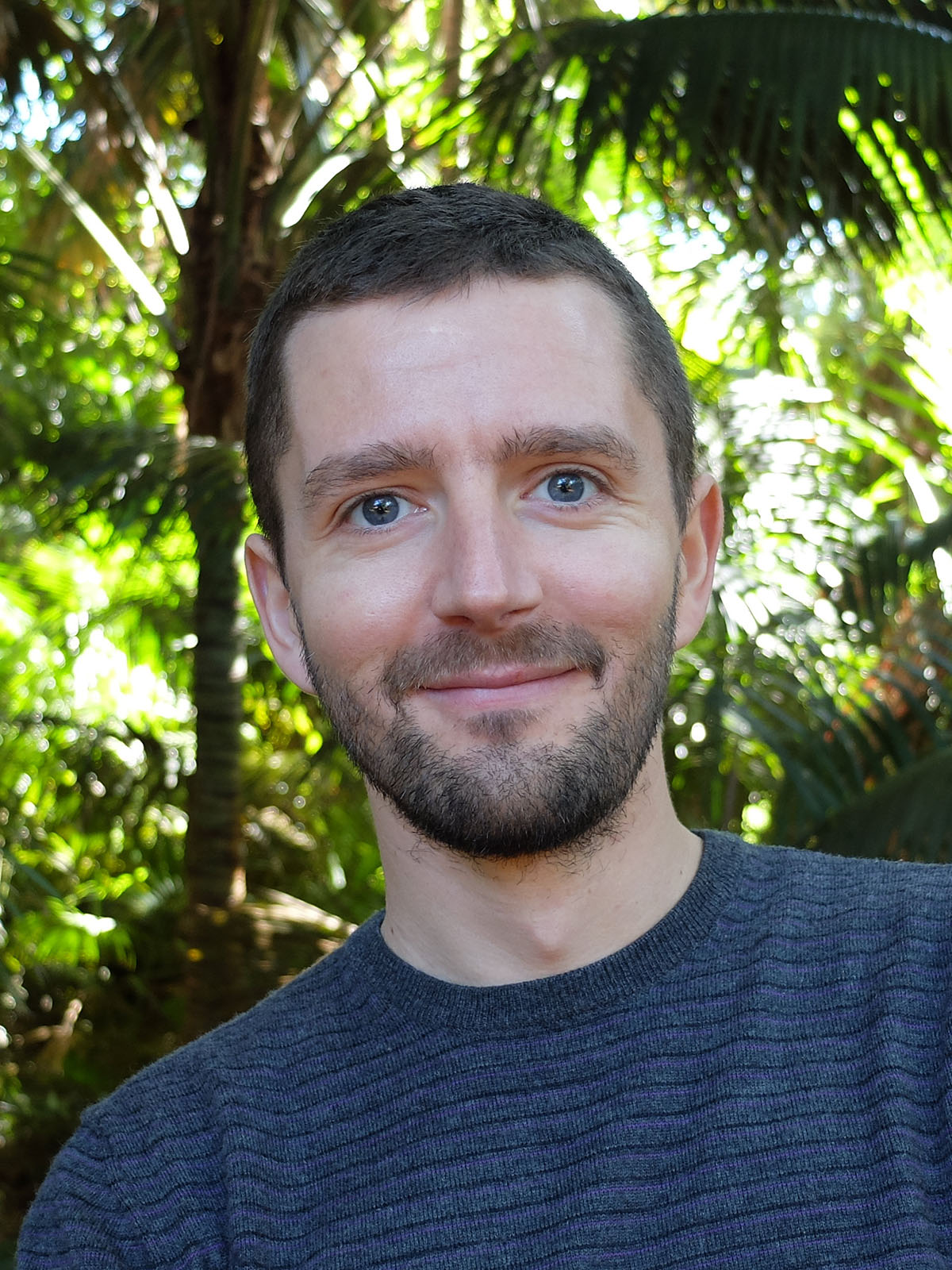Contact Information
School: School of Earth Sciences
Address: 35 Stirling Hwy
Office Phone:
Email: stefano.caruso@uwa.edu.au
About
Stefano is a researcher at the CSIRO and at the Centre for Exploration Targeting specialised in geochemistry and petrology applied to mineral deposits. He developed these skills at the State University of Milan where he obtained both Bachelor and Master’s with top marks, and at the University of Western Australia during his PhD research on Archaean and Proterozoic mineral systems.
Research interests
Stefano is passionate about understanding ore forming processes of hydrothermal and magmatic mineralisation. In particular, he is interested in applying geochemical and petrological tools to identify reliable pathfinders that will allow explorers to discover new mineral deposits.
Current projects
Stefano is examining the genesis of magmatic deposits focusing on the role of volatiles in the transportation and concentration of chalcophile metals. This project aims at bridging the gap between magmatic and hydrothermal ore forming processes and developing new targeting strategies for Ni-PGE deposits.
Research
Stefano conducted his PhD research at the University of Western Australia in collaboration with the CSIRO, and with the support of the Geological Survey of Western Australia and the Mineral Research Institute of Western Australia. The project aimed at developing new methodological approaches for the investigation of Archaean and Proterozoic mineral systems through the analysis of multiple sulfur isotopes. The study involved a broad range of mineralisation, including orogenic gold, komatiite-hosted sulfide, and volcanic-hosted massive sulfide with the aim of addressing longstanding knowledge gaps pertaining ore forming processes at both the deposit and the regional scale.
During his first post-doctoral assignment, Stefano participated in the ARC Discovery Project titled ‘A terrestrial hot spring setting for the origin of life?’ investigating the geological, geochemical, and metallogenic aspects of a 3.5 billion-year-old hot spring setting in the Pilbara region of Western Australia. This work has increased our understanding of the 4-dimensional evolution of the Dresser Caldera in regards to the mobilisation of metals in hydrothermal fluids. This project was based on the characterisation of the alteration imparted by hydrothermal fluids to the host-rocks through a combination of field mapping, hyper-spectral maps, whole-rock, XRD, and stable Li and B isotope analyses of newly collected samples. This large and multi-disciplinary dataset has been translated into a holistic model able to (i) constrain the conditions at which metals and other relevant elements were mobilised, and (ii) identify the structural and geochemical settings that allowed their accumulation.
Additional Information
ORCID ID: click here
UWA Profile: click here

